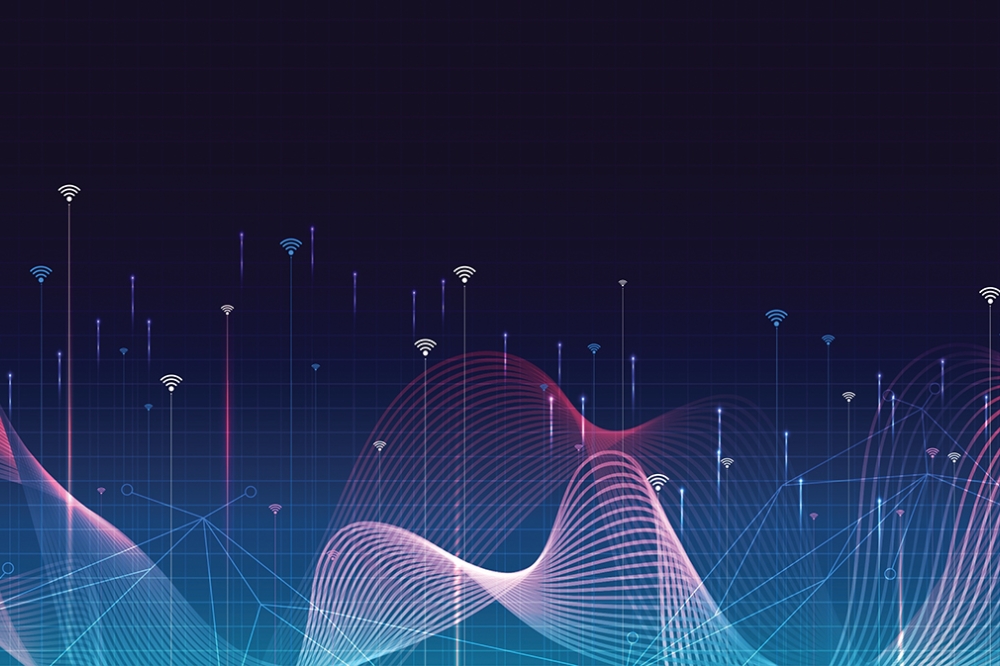Going back to the beginning
IT'S SURPRISING what the first issues of some magazines are worth. If you want to get hold of the launch edition of a current affairs publication, such as Time or Life, you might have to fork out what you would pay for a reasonable meal in a restaurant. But if you want to get hold of the first edition of a particular comic, you might have to remortgage your house to pay for it.
Judged in these terms, Compound Semiconductor, which had its first-ever print run twenty years ago, is worth peanuts. But viewed from a different perspective, it definitely has value, because it came out at a time when print ruled.
Back then there wasn't an associated website or a digital edition, which means that the aging hardcopies of this magazine offer a unique view into the state of our industry in 1995.
One of the big news stories from that time was the uptake of red AlGaAs LEDs in traffic lights in Corona, California. The arguments propelling that move are detailed in the July & August 1995 edition and will be very familiar to those working in the LED business − reduced energy costs and longer lifetimes, which outweigh the higher outlay. In 1995, the red LED traffic light contained 500-750 emitting devices, cost $200, drew just 20 W and its widespread adoption promised to deliver an annual reduction in energy costs of $1 billion. In comparison, the major attraction of the 150 W incumbent incandescent source was its low cost. It sold for just $1-4.
Hindsight shows how difficult it is to predict the future. The story concludes "˜Incandescent lights, however, will likely keep the yellow market − they are on for such short periods of time that the energy savings do not equal the cost of the LED array.' Drive around a city today, however, and there is good chance that you'll find yourself waiting at a traffic light with red, amber and green LEDs.
The rapid rate of progress in LEDs has not been matched by that in blue VCSELs. In the debut issue there is a brief report of state-of-the-art results presented at the Device Research Conference. A ZnSe-based VCSEL fabricated by engineers from Matsushita Electric and the University of Notre Dame could deliver emission at 490 nm when cooled by liquid nitrogen and driven in pulsed mode, under conditions of 17 V and 3 mA. Since then the choice of material for the blue VCSEL has switched from ZnSe to GaN, and devices are now capable of room temperature. However, output powers are still very limited.
Both of these materials were discussed in a feature reviewing the development of blue LEDs. In this balanced piece, Bob Johnstone tells the story of the breakthroughs of two Japanese researchers working independently: Isamu Akasaki from Nagoya University and Shuji Nakamura from Nichia.
Akasaki's triumphs came at a time when interest in ZnSe vastly overshadowed that for GaN, so they received far less attention than they deserved. But now they win plaudits from all over the globe, and are even considered worthy of a Nobel Prize, thanks to the emergence of the multi-billion dollar LED industry.
Key breakthroughs that have formed the foundation for the incredibly bright LEDs of today are the development of a buffer layer between sapphire and GaN, and the creation of p-type doping − and Akasaki has been a trailblazer in both these areas, developing the first successful buffer layers using AlN, and producing the first GaN with significant p-type doping, realised via electron bombardment of the material.
Refinements in both these areas were realised by Nakamura, a Tokushima University graduate who joined Nichia in 1975. He initially worked on purifying gallium and growing single crystals of GaAs and InP, but in 1989 he turned his attention to developing GaN LEDs.
After building his own MOCVD reactor, he produced epitaxial layers on sapphire with a GaN buffer, because this would circumvent any intellectual property issues associated with Akasaki's AlN approach. Then, after noticing that the exposure to an electron beam to promote p-type doping led to an increase in the temperature of the material, he showed that annealing GaN offered a more attractive approach to slashing its resistance.
With manufacturable approaches now in place for the growth of high-quality epistructures containing p-type layers, it did not take long for Nichia to launch its first LEDs. They came out, and the rest, as they say, is history "“ stories about our industry that have, and continue to be, reported within the pages of this publication.


































